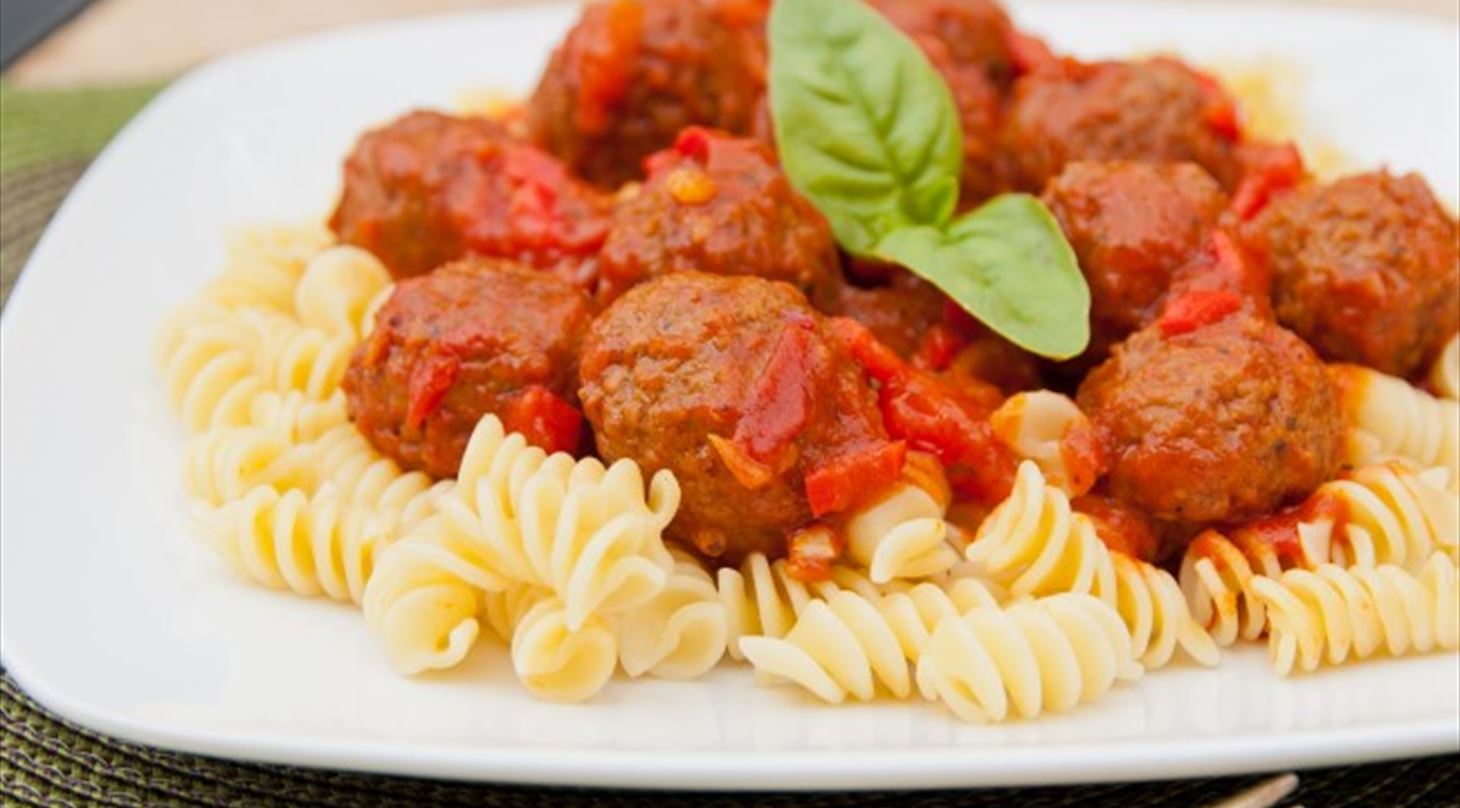
Hybrid products with meat and plant proteins
When looking for new sustainable proteins in diverse and rapidly growing market, it is crucial to remember food safety.
Make demands on suppliers of plant proteins
We recommend that you as a food manufacturer make demands on the microbiological quality of the plant proteins, based on which meat product they are being added to e.g., fresh minced meat, sliced cold cuts or canned foods. Focus areas can be low incidence of spores and mold, as well as the absence of viruses, parasites and mold toxins. Maximum levels of mold toxins are regulated by the EU and are layed out in Regulation (EC) No 1881/2006.
Good hygiene during the cultivation of vegetables and the manufacturing of the proteins, prevent the products from being contaminated with parasites and viruses. Clean water must be used, and sick persons are not allowed to be involved in the production of plant protein (this applies to the production of food in general).
Hybrid products
"Hybrid meat" is, in short, the term for meat with added plant protein and/or vegetables. The development of hybrid products is driven, among other things, by the fact that an increasing number of consumers want to reduce meat consumption to protect the climate, and in hybrid products part of the animal protein is replaced by plant protein.
When mixing plant proteins or vegetables with meat, it is important to be in complete control of the food safety, as plant proteins can contain more bacteria and spores than fresh meat does. In addition, there may be presence of mold, and the formation of mycotoxins can pose a concern if there has been growth of mold on raw materials or semi-finished products. In case of inadequate hygiene when growing and handling vegetables, even parasites and viruses can occur on fresh vegetables. In the production of, for example, dried plant proteins, high temperatures are often used, which may inactivate parasites, viruses and regular bacterial cells. This is important to have knowledge of when new ingredients are put into use.
Conclusions from risk assessment
DMRI has prepared a risk assessment based on the addition of 10-15% plant protein according to the recipe of a meat product. In the following we outline the main conclusions; you can read the full risk assessment here (in Danish):
Adding 10-15% plant protein to the meat can increase the total bacterial count (vegetative cells and spores) in the product, and the bacterial count may be higher than what is found in fresh meat. In vegetables, bacterial counts of 104-106 CFU/g are not unusual.
Therefore, it is essential that both heat treatment, preservation and shelf life are adapted to this slightly increased influx of spores and vegetative bacterial cells in the product. However, adding more vegetables and plant proteins to a meat product is not associated with a huge microbiological risk, as long as preservation and heat treatment are combined to inactivate the disease-causing bacteria or prevent growth. On the other hand, it should be kept in mind whether the addition of vegetables alters the availability of nutrients in the product. Availability of starch could provide the basis for increased risk of gas production and sour flavor due to the growth of various spoilage bacteria, that may havr contaminated the product after heat treatment and before packing. If you produce canned foods, it is especially important to focus on the level of spores in the plant proteins. Some anaerobic spores have a very high heat resistance and thus do not become inactivated by a regular autoclave treatment. This increases the demands on preservation, using e.g., salt, nitrite and organic acids.
Read more about the different project activities (Danish/English)
The preparation of the risk assessment is financed by the Pig Levy Fund.